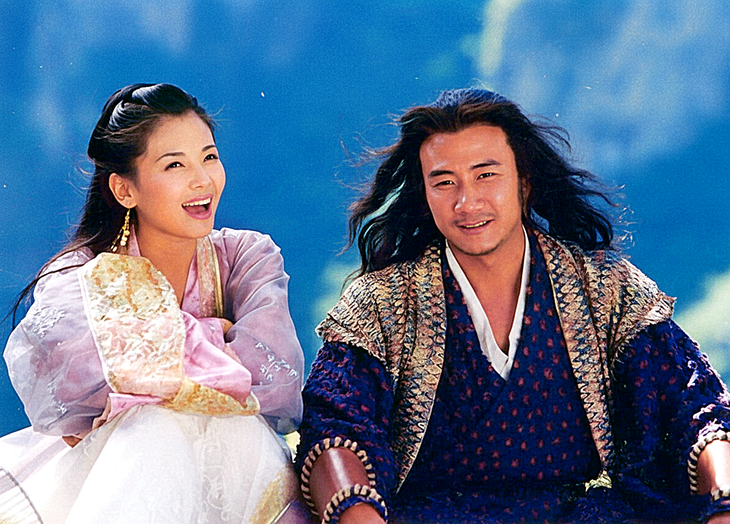
Kieu Phong is always favored by Kim Dung when describing strength - Photo: SH
Kim Dung favors Tieu Phong?
The debate about who deserves the title "the world's number one" is a very familiar topic to fans of Jin Yong's novels. A debate that never ends.
But the late Hong Kong novelist himself had suggested many times a worthy name, none other than Tieu Phong. A character who did not have Chinese blood.
"Heaven-born martial artist, when facing the strong, becomes even stronger", "There are times when encountering opponents with more refined martial arts and higher internal energy, but when it comes to crucial moments, they are always defeated by a single move or half a move"...
That is how Kim Dung described Tieu Phong's power, almost ending all the arguments about "who is the world's number one" in his series of novels.
So why did Kim Dung - a person who highly valued the quintessence and culture of ancient China, favor a non-Han martial artist so much? Because his reason truly acknowledged the overwhelming bravery and fighting ability of the Khitan people.
Jin Yong's reasoning reveals part of the truth about the Khitan race in history, and is an interesting topic in today's top sports world.
After thousands of years of history, the Khitan people no longer exist today. But their descendants are still scattered everywhere, always accompanied by the image of bravery and fighting like their ancestors.
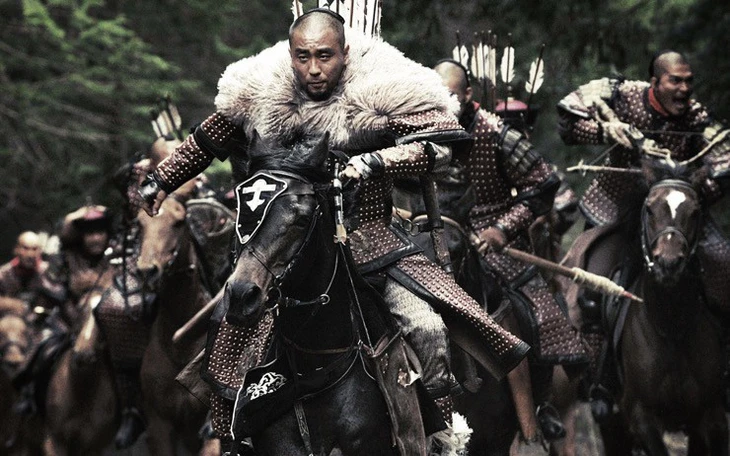
The Khitans were famous for being brave and good at fighting - Photo: XN
From about the 12th to 15th centuries, the Khitan people disintegrated and then merged into many different communities: some merged with the Chinese, others spread to Central Asia, the Northwest and Siberia.
Today, many ethnic groups such as Mongols, Kyrgyz, Kazakhs, Buryat, Evenks, Tungus… are believed by researchers to have genetic and cultural similarities with the former Khitans.
What these communities have in common is their harsh living environment - steppes, high mountains, cold climate - which forces them to train physically from a young age.
Horse riding, hunting, wrestling, and archery are not only life skills, but also become cultural symbols, deeply imprinted in their sporting DNA.
Traditional martial arts - foundation from childhood
In Mongolia, Bokh (traditional wrestling) is taught to children from a young age. Adults often let their children wrestle each other or animals to build endurance.
This martial art is somewhat similar to the wrestling techniques of the Khitans, has a very high combat potential, and is extremely useful in close combat on the battlefield.
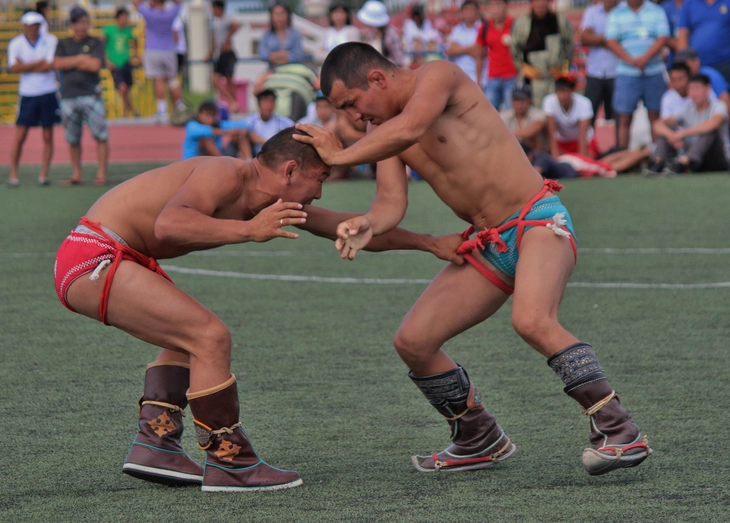
Today's bokh wrestling technique has its origins in Khitan wrestling - Photo: CT
Mongolian wrestlers later distinguished themselves both at Naadam, the national festival, and in international arenas such as Japanese sumo and MMA. It is no coincidence that Japan's most famous yokozuna (sumo grandmasters) in recent years have all been Mongolians.
In Kyrgyzstan, alysh (belt wrestling) is a source of national pride. Children often wear sashes and practice wrestling in village greens.
As adults, they brought this style of play to the international stage. Kyrgyzstan once hosted the World Nomad Games, where alysh, along with horse riding and archery, became a key event.
Kazakhstan is particularly strong in boxing and freestyle wrestling. This comes from both its physical heritage and a culture that values masculine strength.

Both Kyrgyzstan (left) and Kazakhstan (right) are considered powerhouses in the wrestling world - Photo: WF
Kazakh wrestlers and boxers have long been Olympic contenders. Children in rural areas are encouraged to take up sports early, often starting with traditional Kazakh Kuresi wrestling and progressing to the professional arena.
Genes, environment and modern achievement
Genetic studies show that nomadic communities in Central and North Asia often carry haplogroups common to the steppe.
Specifically, it is haplogroup C2, C3 which is related to large body size, high lung capacity and good adaptability to harsh environments.
This is a genetic group that originated with the ancient Khitans. This helps explain why they have an advantage in sports that require endurance, strength and determination.
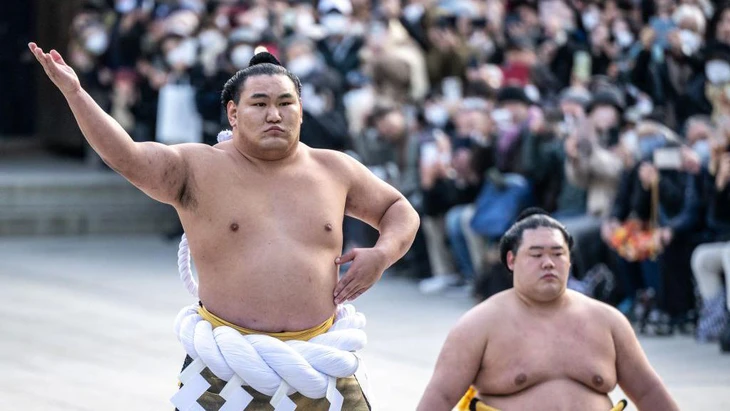
The Mongols even top the traditional Japanese martial art of sumo - Photo: SF
The sporting record speaks for itself. Mongolia, with a population of only 3.3 million and no significant sports science background, has won more than 30 Olympic medals, mainly in wrestling, judo and boxing.
Their bravery was so great that when the Mongolians started learning sumo, they overwhelmed the Japanese wrestlers. Since 2000, the Mongolian delegation has almost always been at the top of the World Sumo Championships.
A 2022 survey by The Diplomat found that 70% of Mongolian households had at least one person who had studied wrestling, suggesting that the people were familiar with wrestling like this.
Kyrgyzstan, with a population of 7 million, has also been a regular presence in international wrestling and martial arts competitions. Kazakhstan, with its larger population, has become the Olympic powerhouse of Central Asia.
Both countries have won numerous Olympic medals in martial arts, especially wrestling. And a significant number of top Russian fighters and wrestlers also come from Central Asian peoples, with origins related to the Khitans.
Obviously, Jin Yong's description of "the strongest Xiao Feng" was based on reality. Even with his exaggerated writing style about Chinese kung fu, and his familiar pride in his Han blood, the late Hong Kong writer still maintained impartiality when evaluating his character.
Source: https://tuoitre.vn/vi-sao-kim-dung-mo-ta-tieu-phong-manh-nhat-20250909172006013.htm






![[Photo] Hanoi morning of October 1: Prolonged flooding, people wade to work](https://vphoto.vietnam.vn/thumb/1200x675/vietnam/resource/IMAGE/2025/10/1/189be28938e3493fa26b2938efa2059e)

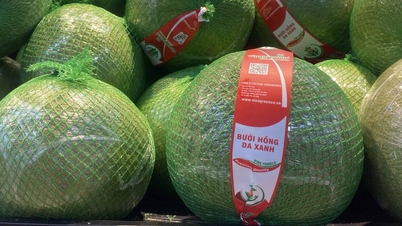










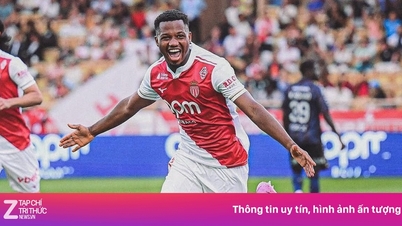




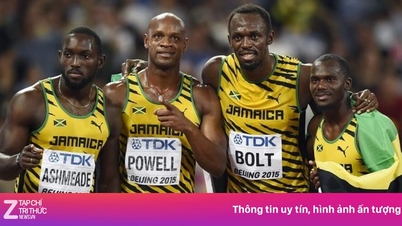
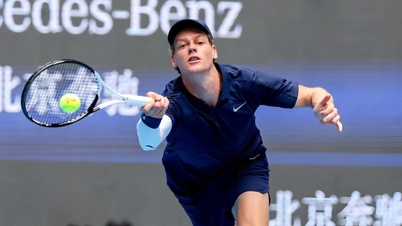







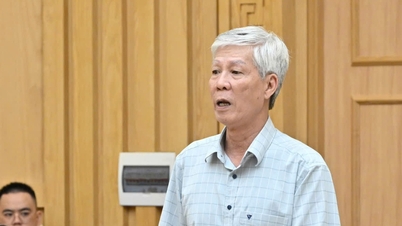
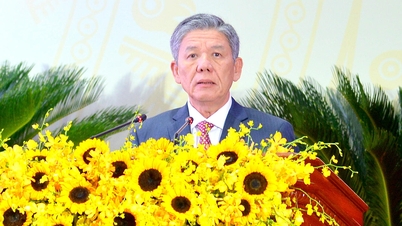



![[Photo] Panorama of the cable-stayed bridge, the final bottleneck of the Ben Luc-Long Thanh expressway](https://vphoto.vietnam.vn/thumb/1200x675/vietnam/resource/IMAGE/2025/9/30/391fdf21025541d6b2f092e49a17243f)







































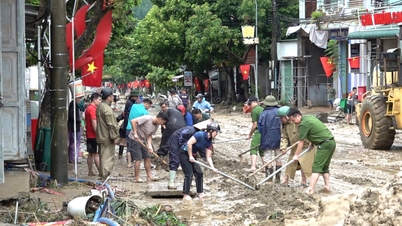

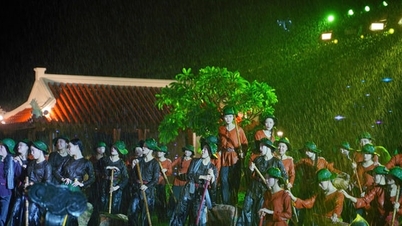

















Comment (0)